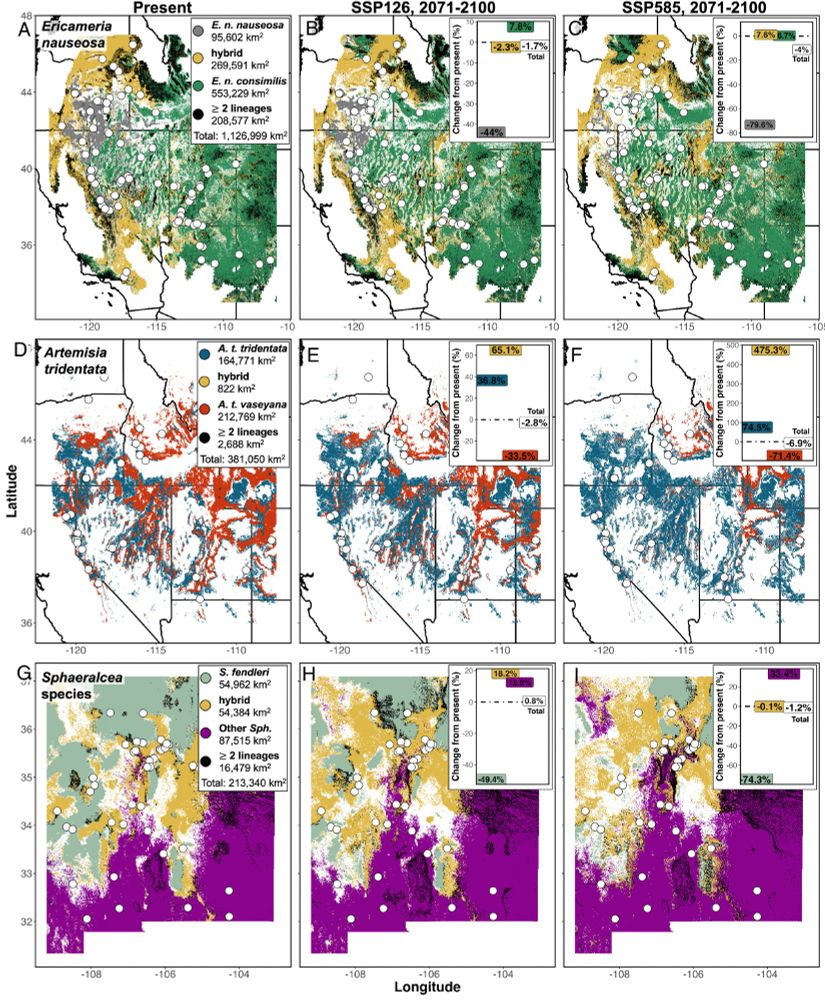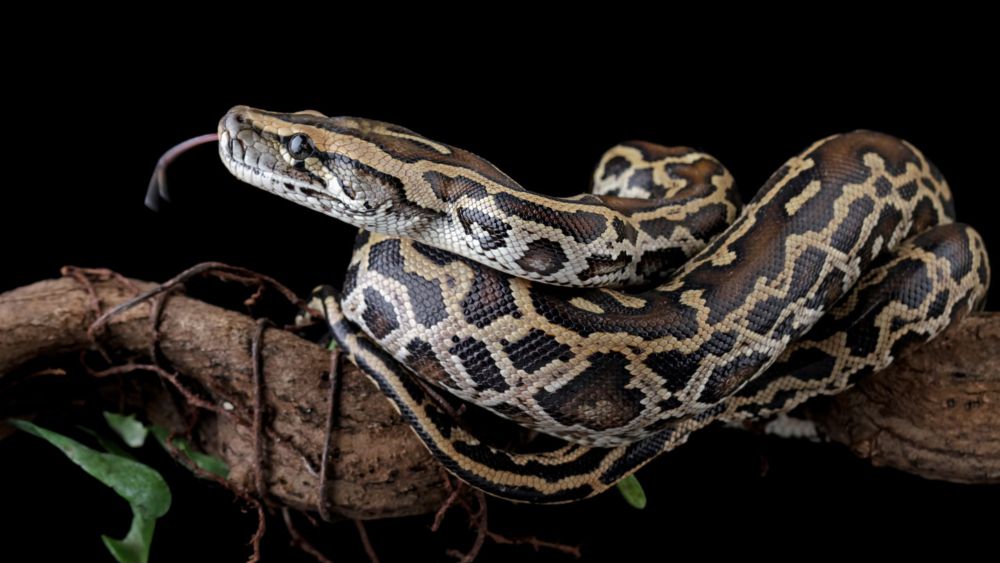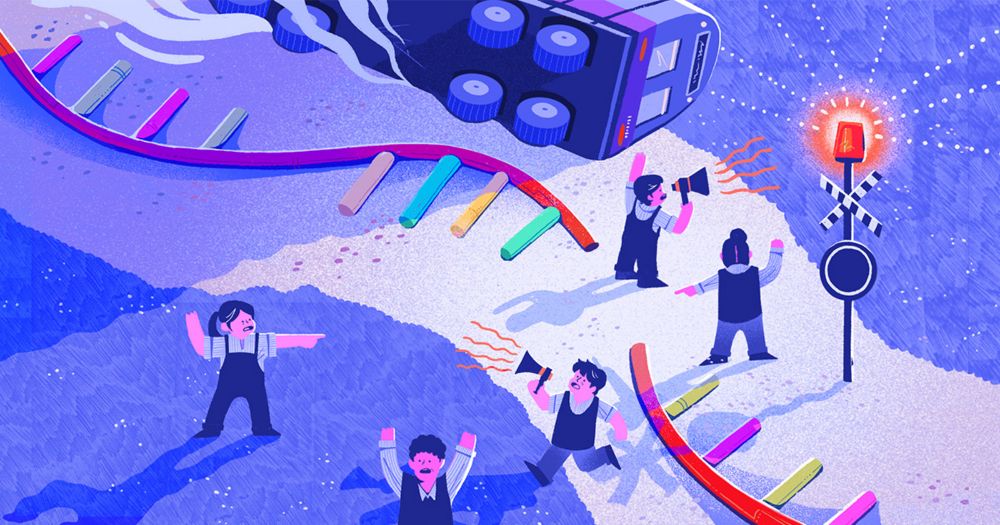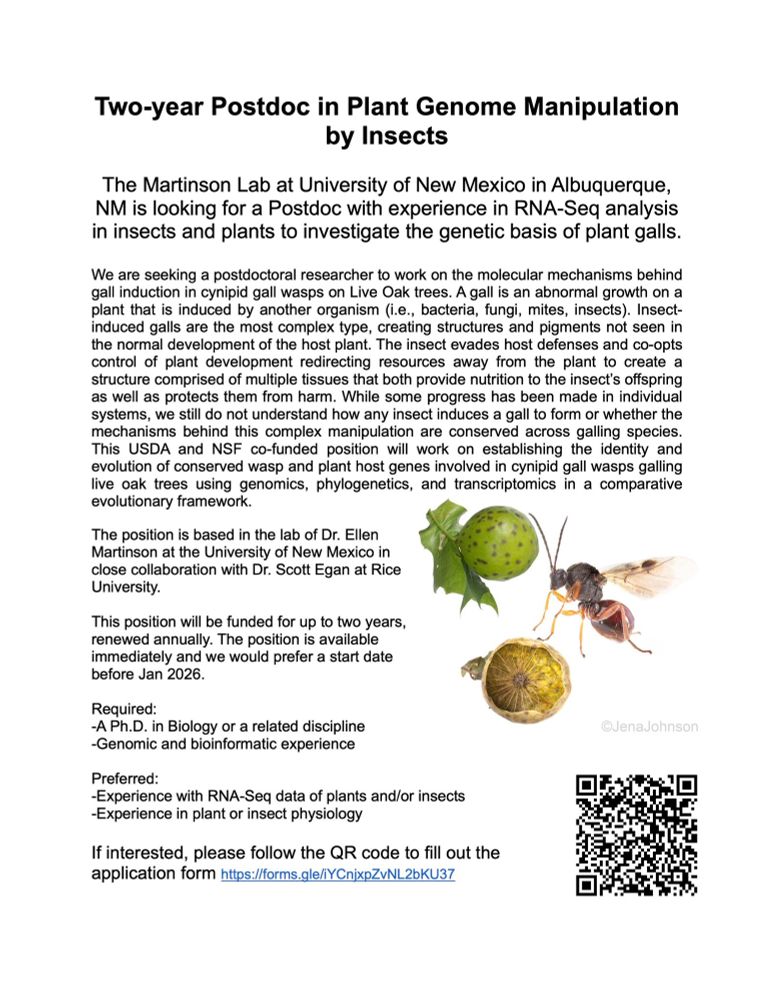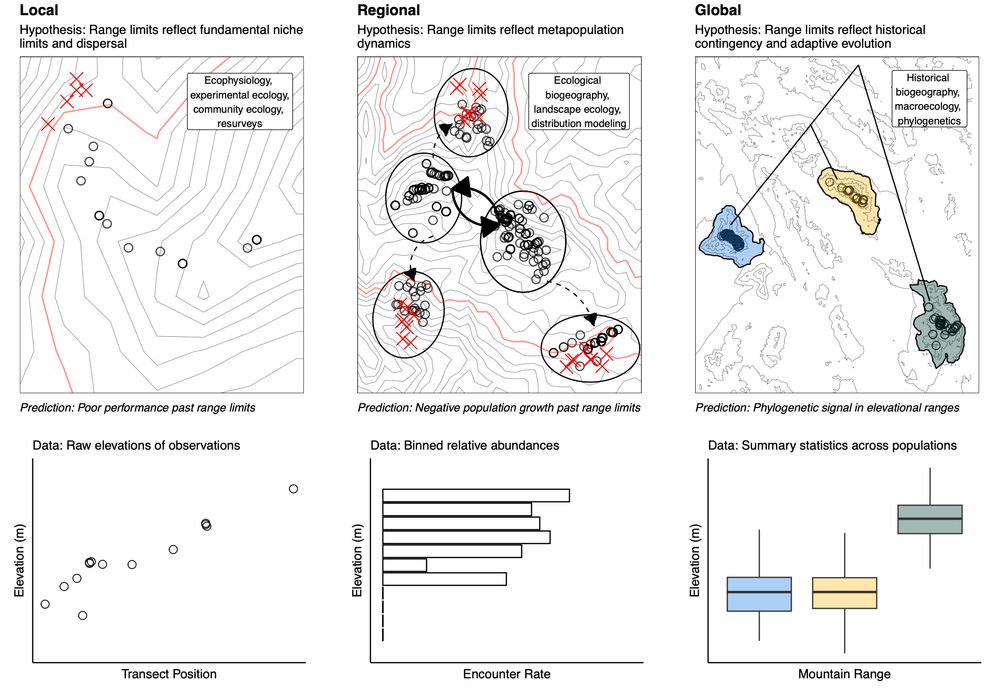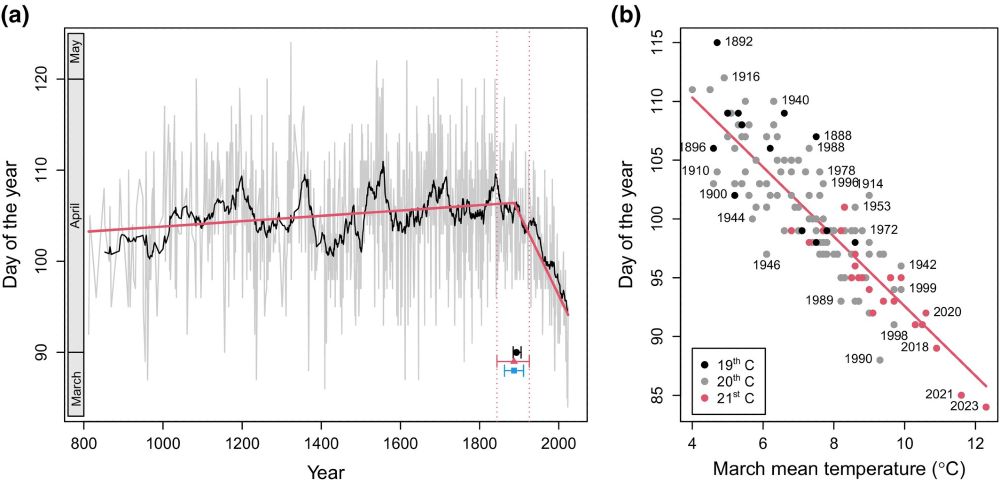Josh Jahner
@jpjahner.bsky.social
190 followers
460 following
30 posts
evolutionary biologist | assistant professor at new mexico tech | probably thinking about bighorns, butterflies, baseball, or board games | he/him
Posts
Media
Videos
Starter Packs
Reposted by Josh Jahner
Reposted by Josh Jahner
Reposted by Josh Jahner
Reposted by Josh Jahner
Eryn McFarlane
@erynmcfarlane.bsky.social
· Aug 13
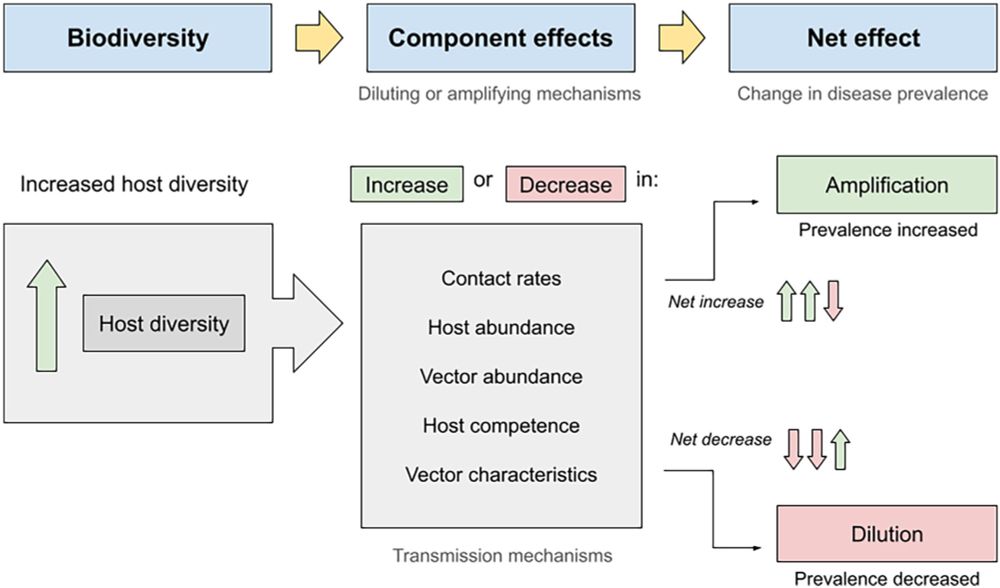
Reappraisal of the Dilution and Amplification Effect Framework: A Case Study in Lyme Disease
The biodiversity–disease relationship posits two hypotheses: the dilution effect (where there's a negative relationship between biodiversity and disease risk) and the amplification effect (where ther...
onlinelibrary.wiley.com
Reposted by Josh Jahner
Reposted by Josh Jahner
Reposted by Josh Jahner
Liz Mandeville
@lizmandeville.bsky.social
· Jul 23

Extensive multi-species hybridization between Leuciscidae minnow species
Anthropogenic disturbances can disrupt ecosystems and alter species population dynamics. Interspecific hybridization is common between genetically related organisms, especially once reproductive barri...
www.biorxiv.org
Reposted by Josh Jahner
Reposted by Josh Jahner
Reposted by Josh Jahner
Reposted by Josh Jahner
Reposted by Josh Jahner
Chris Moore
@mutualismecology.bsky.social
· Jun 21
Reposted by Josh Jahner
Reposted by Josh Jahner
Reposted by Josh Jahner
Josh Jahner
@jpjahner.bsky.social
· Jun 13
Josh Jahner
@jpjahner.bsky.social
· Jun 13
Josh Jahner
@jpjahner.bsky.social
· Jun 13
Josh Jahner
@jpjahner.bsky.social
· Jun 13
Josh Jahner
@jpjahner.bsky.social
· May 30







